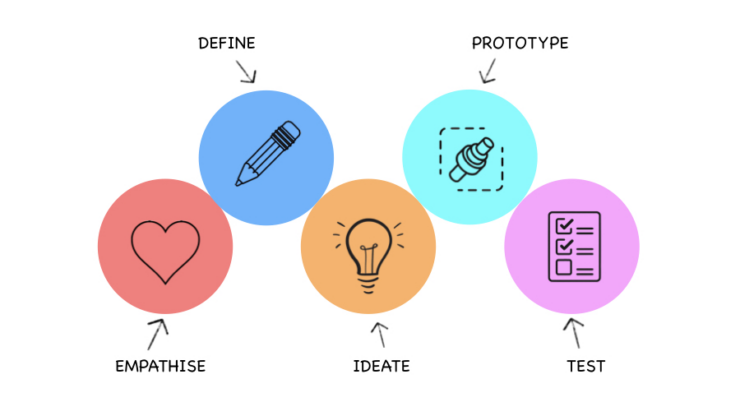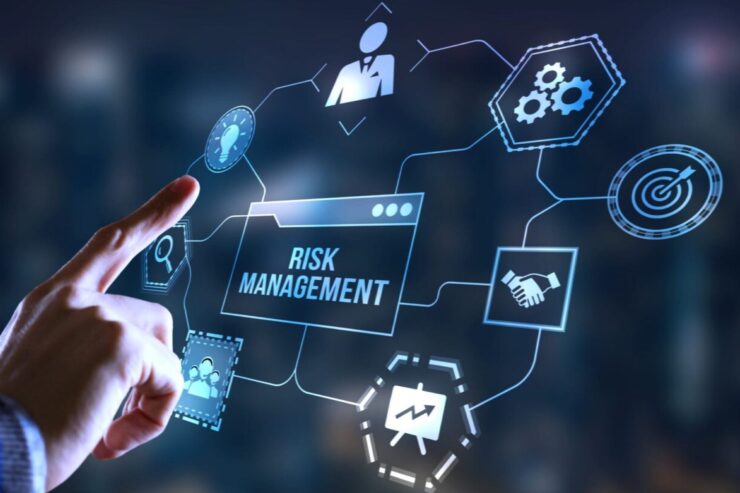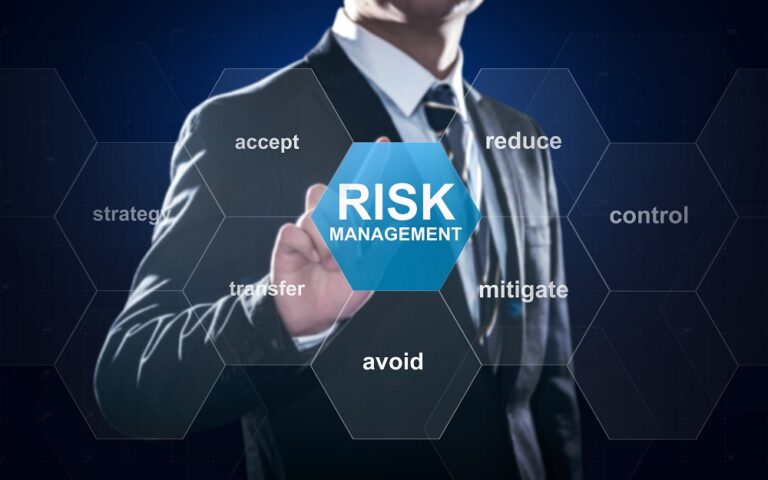If explained in layperson’s terms, a risk in a project is defined as any event that can impact a project significantly. Therefore, risk management includes identifying and mitigating such risks before they occur.
Every project has the possibility of multiple risks; to ensure the project’s success, it is, therefore, essential to effectively manage the risks and drive the project to success.
Manufacturing risks can include various factors, including financial, strategic, performance-based, or other external risks like market volatility, unexpected damages, or changes in regulations. Did you know positive risks are counted during risk management as well?
However, these are counted as opportunities ushering in unexpected success. Sites like workotter.com provide a detailed list of how to manage manufacturing risks effectively. Here is one such detailed list explaining all the tips and methods used for risk management in manufacturing and ensuring project success.
Build The Framework

When an essential sector like manufacturing is considered, it is imperative to have a well throughout framework for risk management. The start is to identify all the risks likely to be faced during manufacturing and categorize them accordingly. This will help in building a prioritized list to be worked on for removal. It is, therefore, always advised to build a diverse team with different expertise, as it will make it easier to scan the problems and provide solutions accordingly.
Risks To Consider
Despite the advent of technology, risks continue to evolve as well. There are numerous risks that the manufacturing sector can become vulnerable to.
Some of the most potential risks observed during manufacturing are as follows:
- The moving of a critical supplier can result in a significant impact on production and produce distribution disruption.
- Changes in rules and regulations of federal, provincial, or even local legislation can affect general operations and can even increase costs in some cases.
- Some workplaces can face difficulty in work contracts resulting in labor disruptions. It is essential to enforce proper training for the workforce to ensure maximum productivity and reduce risks.
- With increasing competition in the marketplace, manufacturers often have to calculate the risk of new competition and build or tweak products and services to help secure their position in the industry.
- The manufacturing process cost can be vastly affected by raw commodity price fluctuations. The global pandemic led to a worldwide standstill which eventually severely affected various businesses; such global phenomena often pose a severe threat. Inflation also poses a serious threat to manufacturing.
Other factors like the working environment, changes to international operation agreements, and cyber security pose severe threats to manufacturing as well. A cybersecurity breach is one of the most significant risks different industries face nowadays. Frequent fluctuation in currency rates also affects the production of raw materials and, therefore, output in the long run.
Implementing Risk Mitigation Methods

Analyzing And Communicating
Analyzing the risks is essential to identify and prioritize crucial risks. The effects caused due to the risks need to be studied at different levels and listed accordingly. Next, comes communicating the problems with the team members. Communication plays a significant role in mitigating risks effectively.
Once the potential risks are identified, setting a team meeting and finding solutions immediately will prevent the potential damages in the long run. Therefore, creating an environment where team members can freely speak their minds is crucial.
Using Technology
Once the risks are identified, monitoring the changes is essential. While one can use manual labor, using technology in these circumstances can provide added benefits. Technology can identify risky situations and bottlenecks and provide remedies to boost the throughput.
However, it is also essential for the workforce to remain well-versed with the technology and the machinery that operates it. Collecting data and providing analysis will only be effective if proper remedies are taken against them within the nick of time.
How To Ensure Manufacturing Project Success?

Manufacturing projects work at different levels. From working with various vendors to sourcing raw materials and optimizing production, logistics, distribution, and inventory remain at stake.
To ensure that the project becomes a success, here are some essential tips:
- Proper project management is essential to boost productivity and increase visibility. As manufacturers have to work at various levels, having an efficient team for appropriate project management will help in aid in the long run. Manufacturers will be able to identify bottleneck situations, determine the project progress and satisfy customers accordingly.
- Conditions like the inability to track expenditures or significant overspending can plummet a project to failure. Therefore, budgeting plays a crucial role in manufacturing projects; financial risks should be handled effectively.
- Set a realistic goal for your manufacturing project. To build the plan, you must first consider the project’s various requirements. Setting the goal will help make the project boundaries from the start, and each member will be aware of the required milestones and the target they are required to achieve.
- Choose the correct methodology and use technology to the best of your use. You can use different management tools to enhance accuracy, reduce operation costs and optimize productivity.
- It cannot be stressed enough that communication plays a vital role in a project’s success. Ensure the team members follow open communication and that all critical decisions are taken swiftly and effectively. Even in a crisis, communication can avert a grave situation.
- Building a team where the skills of members blend well with each other is a blessing. A great team is a dream team, whereas conflict can lead to an unwanted turn of events. It is essential to create a flexible team to ensure the project is completed within the given time frame while causing minimum friction.
Bottom Line
Risk management is often considered a formidable topic in the manufacturing industry. Every year millions of rupees get wasted due to a lack of proper risk management. Mentioned above are just some of the tried and tested risk management methods in the manufacturing industry. You can also hire professional assistance to aid you in calibrating your pertaining risks and provide required solutions accordingly.

